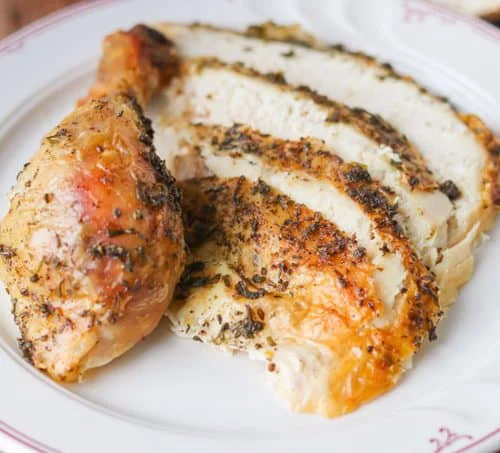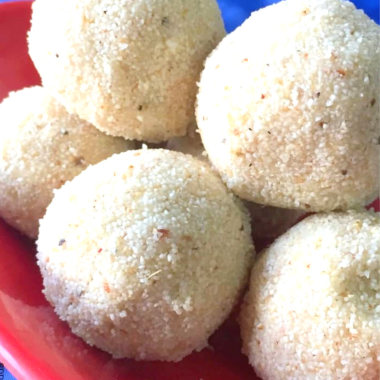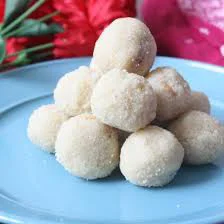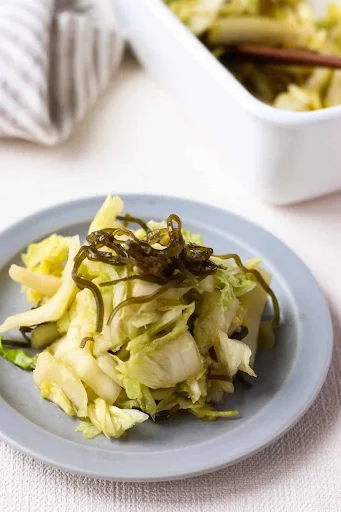Rice, one of the most essential staple foods worldwide, boasts a rich history and a myriad of culinary applications. From the aromatic basmati rice of South Asia to the sticky sushi rice of Japan, cooked rice plays a central role in diverse cuisines, providing both nutrition and comfort.
Historical Significance
Rice cultivation dates back thousands of years, originating in the regions of China and India before spreading across Asia and eventually to Europe, Africa, and the Americas. Its adaptability to different climates and soil conditions contributed to its global spread. Today, rice is cultivated in over 100 countries, making it a vital food source for more than half of the world’s population.
Nutritional Value
Cooked rice is a powerhouse of energy, primarily due to its high carbohydrate content. A single cup of cooked white rice provides about 200 calories, 45 grams of carbohydrates, and 4 grams of protein. While white rice is the most common variety, brown rice offers additional nutritional benefits, including higher fiber, vitamins, and minerals. Brown rice's whole grain form preserves the bran and germ, providing antioxidants, magnesium, and more fiber, which are often removed in white rice.
Culinary Uses Around the World
1. Asia:
- Japan:Sushi, a globally beloved dish, features vinegared rice paired with raw fish or vegetables. Another popular Japanese dish is donburi, where cooked rice is topped with various ingredients like tempura, beef, or eel.
- China: Fried rice is a staple, utilizing leftover rice stir-fried with vegetables, eggs, and meat. Congee, a rice porridge, is a comforting breakfast option.
- India:Biryani and pulao are fragrant rice dishes cooked with spices, meat, or vegetables. In South India, rice is often fermented to make dosas and idlis.
2. Middle East and Mediterranean:
- Iran: Saffron-infused Persian rice (chelow) accompanies kebabs and stews, often with a crispy bottom layer called tahdig.
- Greece: Dolmades, grape leaves stuffed with rice and herbs, are a popular appetizer.
3. Latin America:
- Mexico: Rice is a key component of dishes like arroz con pollo (rice with chicken) and Mexican rice, which is cooked with tomatoes, garlic, and onions.
- Caribbean:In the Caribbean, rice and beans are a common pairing, providing a complete protein when eaten together.
4. Africa:
- West Africa: Jollof rice, a one-pot dish cooked with tomatoes, onions, and various spices, is a festive favorite.
- East Africa:Pilau, a spiced rice dish, is enjoyed with meats and vegetables.
5. United States:
- Southern Cuisine:In the southern states, dishes like jambalaya and gumbo feature rice as a central component.
- Hawaii: Spam musubi, a popular snack, consists of cooked rice topped with grilled Spam and wrapped in seaweed.
Cooking Methods
The method of cooking rice varies depending on the desired dish and regional preferences. Common techniques include:
- Boiling:Often used for plain rice or as a base for other dishes.
- Steaming:Ensures even cooking and is typical for dishes requiring a fluffy texture.
- Absorption: Involves cooking rice with a precise amount of water until fully absorbed, commonly used for dishes like pilaf and biryani.
- Frying: Leftover rice is often stir-fried with ingredients, creating a quick and flavorful meal.
Conclusion
Cooked rice's global ubiquity and versatility make it an indispensable component of many diets. Its ability to absorb flavors, complement a wide range of ingredients, and adapt to various cooking techniques has cemented its place in culinary traditions around the world. Whether enjoyed as a simple bowl of steamed rice or an intricate biryani, cooked rice continues to be a beloved food, bridging cultural gaps and bringing people together through its universal appeal.






































